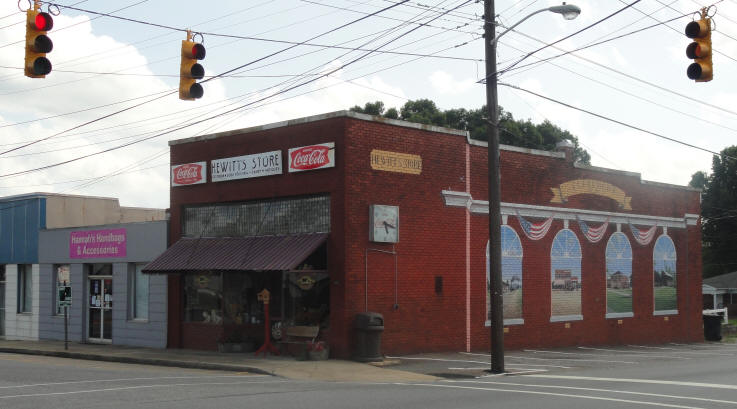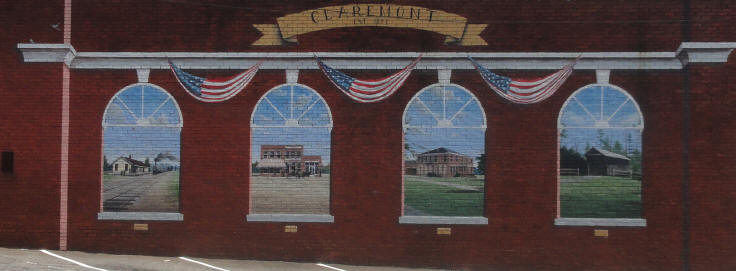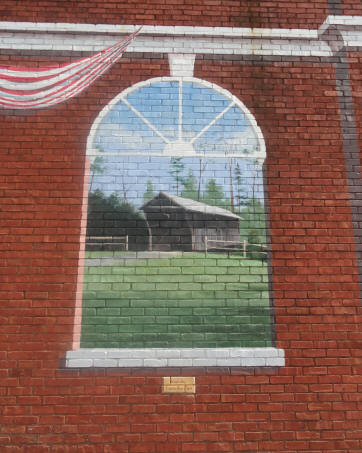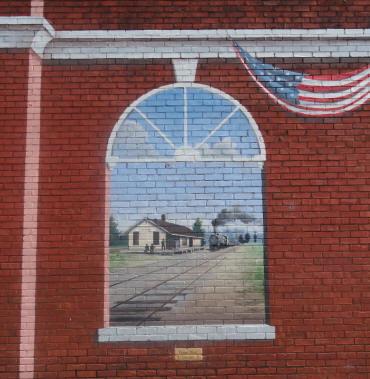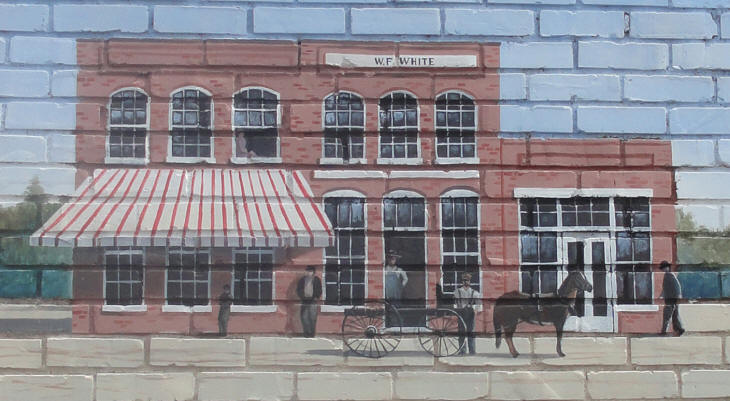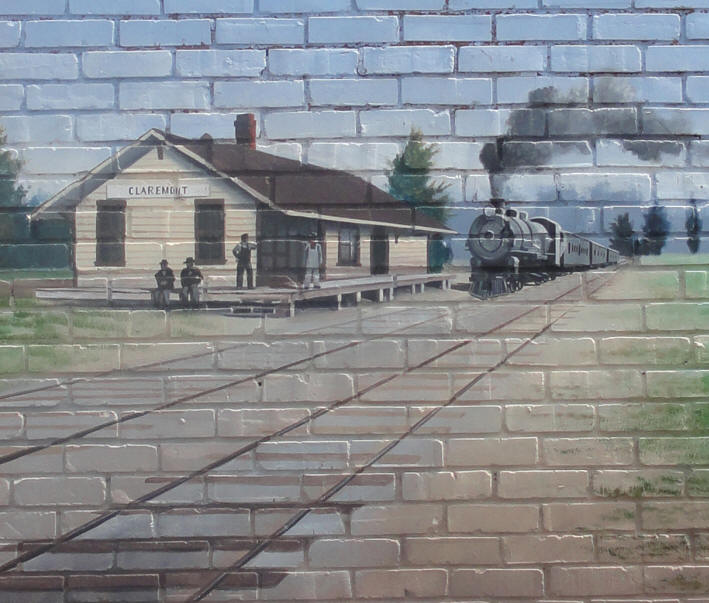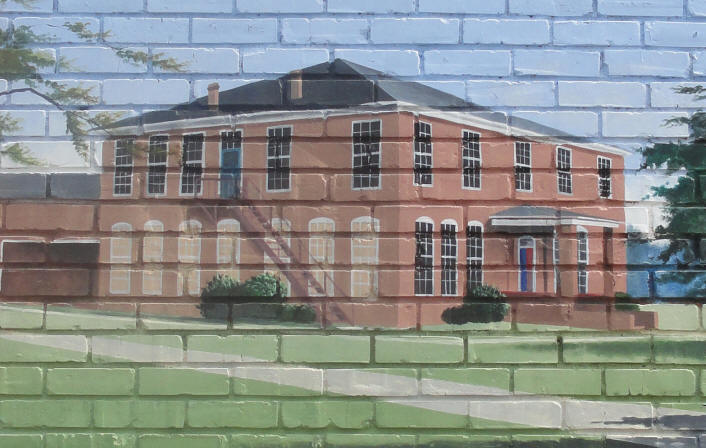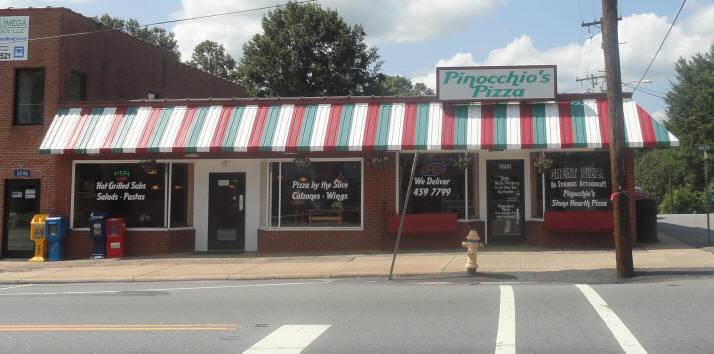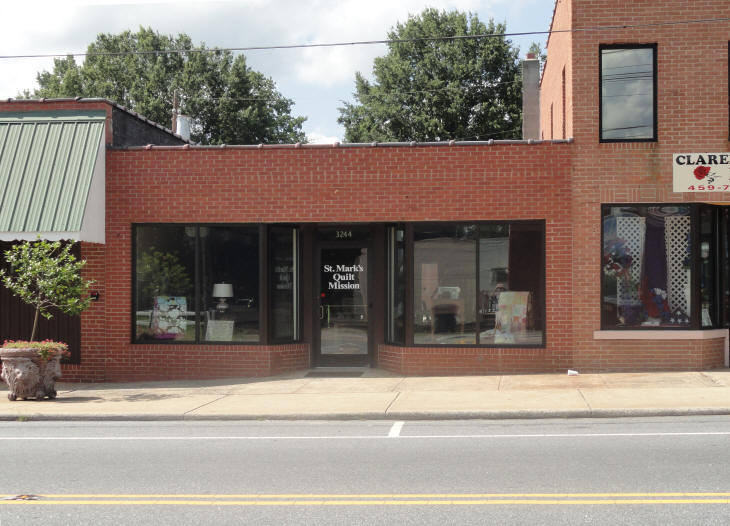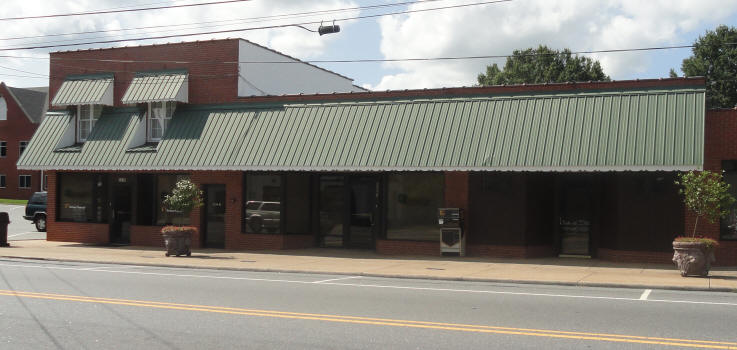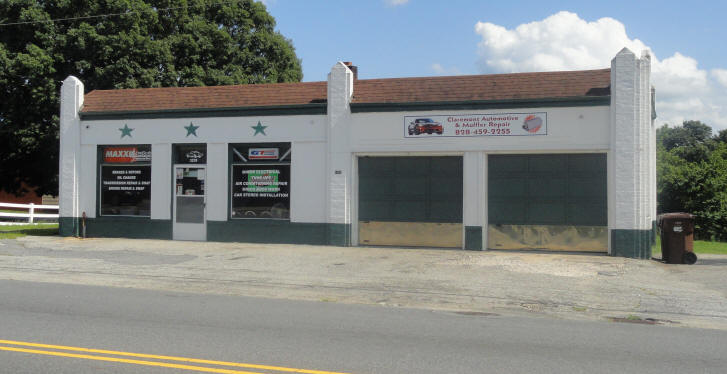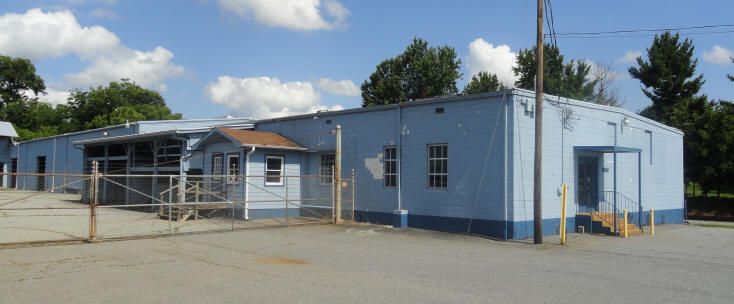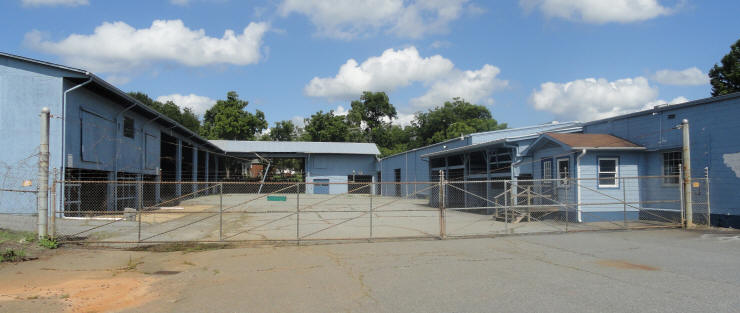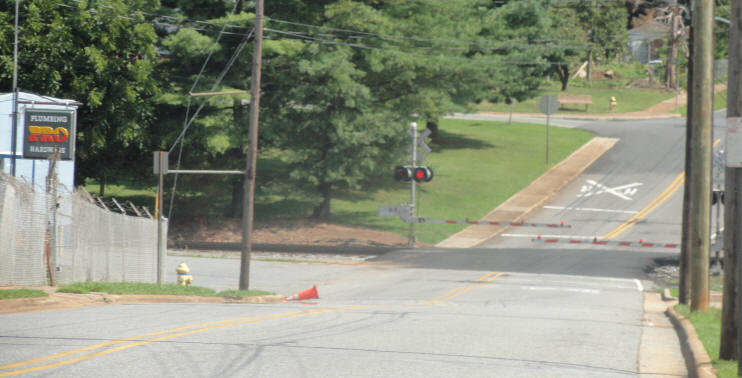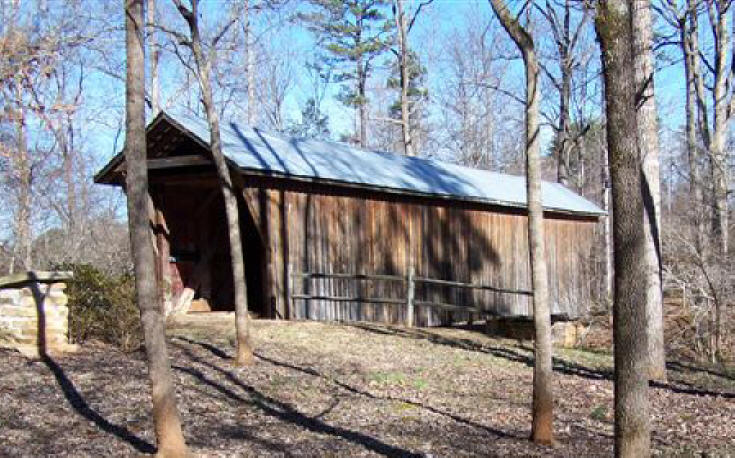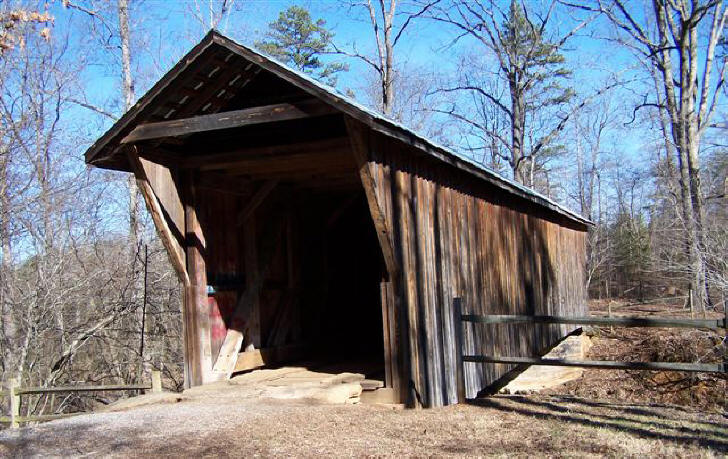"Charlotte Crossing"

GENEALOGY
LINE
LINKS
History of
NC Counties
CARS
Catawba
Station
Township
Catawba
Elementary
& High School
Cemeteries
The
CIVIL
WAR
Additional
Family
SURNAMES
Genealogy
HUMOR
Loftin
Locations
Loftin
Name
Origins
(Before 1600)
PHOTO
LINKS
Slavery
Twins
WHERE
TO
FIND 'EM
PAGE
________
FAMILY
NAMES
LOFTIN:
Beatty
Corzine
Cranford
Fisher
Givens
Harwell
Kaiser
Lanier
Lomax
McCorkle
Rudisill
Sherrill
Upright
Washington
Work
SETZER:
Aderholdt
Barringer
Bovey
Bushart
Deal
Heavner
Herman
Ikert
Miller
Motz
Rankin
Witherspoon
GOBLE:
Babst/Bobst
Douglas
Faber
Fink
Fulbright
Hefner
Meinhert
Miller
Muller
Pabst/Bobst
Robinson
JOHNSON:
Corzine
Fink
Hamilton
Kaiser
Leslie
Lewis
Moore
Sherrill
Upright
Wilkinson
Claremont, North Carolina
When settlers first came into this section of Catawba County in the early 1880's, it was a beautiful wooded area. Among those early settlers were John W. Setzer, as well as Adolphus Sigmon and his sons, Jonas, Marcus and Calvin Sigmon. In 1884 these three Sigmon brothers built the first grocery store building in community. The building was completed the day of the historic cyclone, 25 Mar 1884. Fortunately it was not destroyed by the storm. The Southern Railroad urged the people of the community to give their village a name. "Charlotte Crossing" was the original name for the small community but the federal post office did not approve of the similarity in name to the town of Charlotte, so they shortened the name to just "Crossing". Some members of the community also called it "Setzer's Depot". Frank Cannon, of the Southern Railroad man, suggested naming the town after a girl he was sparking - Clara Sigmon. The men of the community agreed with the suggestion and took the name of Clare and added the "mount" because the village from the Old Catawba Road side looked high, as up on a mountain. On August 9, 1892 the town was officially named Claremont. Cotton was a major crop in the area. Hewitt's Store 2011
Mural on the outside wall of the building
(Left) Claremont School 1913
(Right) Bunker Hill Covered Bridge 1895

(Left) W. F. White Building 1886
(Right) Claremont Train Depot 1880
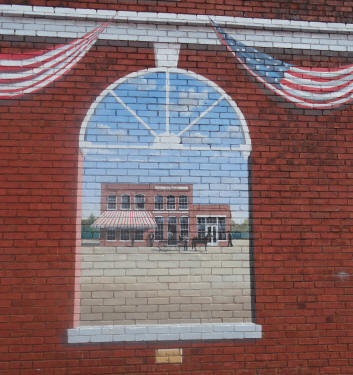
W. F. White Building 1886
Claremont Train Depot 1880
Claremont School 1913
Pinocchio's Pizza 2011
Claremont & Conover Florist 2011
St. Mark's Quilt Mission 2011
Connor Building 2011
Claremont Service Station
Claremont Automotive & Muffler Repair 2011
Former buildings used by Claremont Wholesale Building Supply 2011
Railroad Crossing
Churches on Main Street
St. Mark's Lutheran Church
Mt. Calvary Lutheran Church
Bunker Hill Covered Bridge 1895
In 1894 Catawba County Commissioners encouraged community land owners to build and maintain a bridge that would cross Lyle’s Creek on the old Island Ford Road, a former Native American trail. The Bunker Hill Covered Bridge was built in 1895. Originally constructed as an open span, the Bunker Hill Covered Bridge, was covered in 1900. In 1921 its wooden shingles were replaced with a tin roof.
SOURCES
"Claremont", Observer News Enterprise




